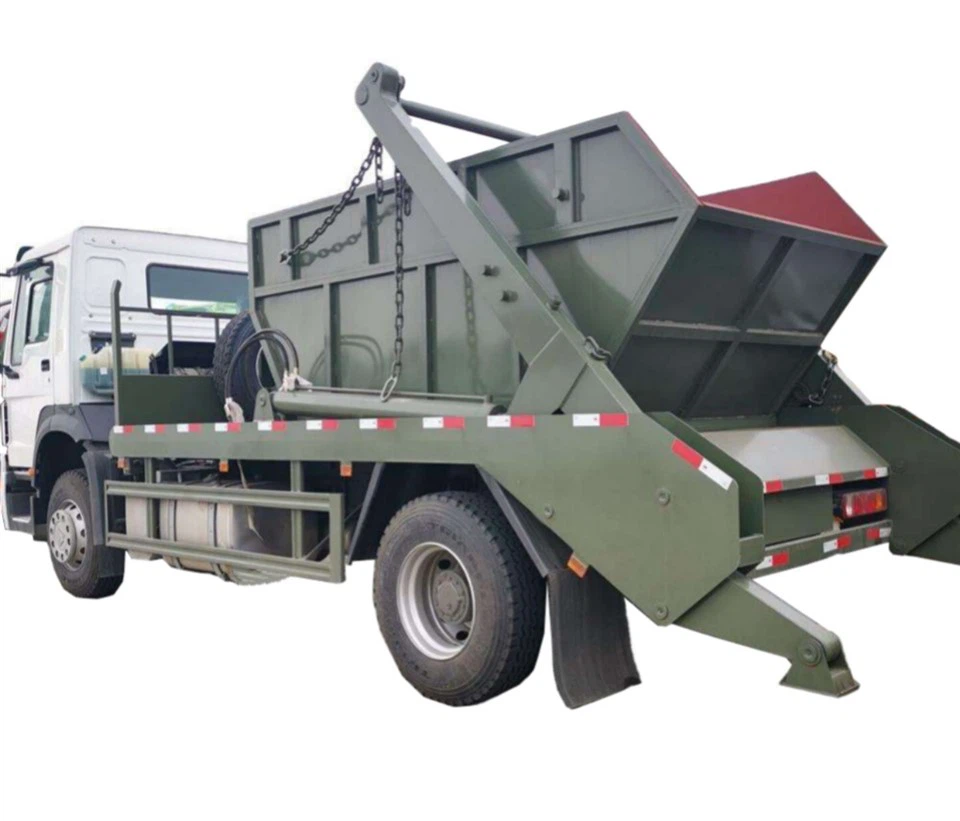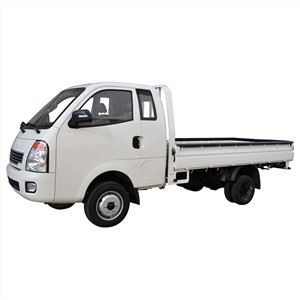Tanker Truck Fuel Capacity: A Comprehensive Guide

Introduction
Tanker trucks play a crucial role in transporting fuel across vast distances. Understanding tanker truck fuel capacity is essential for efficient logistics, safe transportation practices, and overall safety within the fuel industry. In this comprehensive guide, we will delve into the intricacies of tanker truck fuel capacities, what influences these capacities, and practical considerations for those involved in fuel transport and management.

What is a Tanker Truck?
A tanker truck is a motor vehicle designed specifically for the transportation of liquids. These vehicles are commonly used to transport fuel, including gasoline, diesel, and other petroleum products. The design of a tanker truck facilitates safe and efficient transport while ensuring that the liquid being carried does not leak or spill during transit.
Types of Tanker Trucks
There are several types of tanker trucks, each suited for specific purposes:
- Petroleum Tankers: Primarily used to transport gasoline and diesel.
- Chemical Tankers: Designed for transporting hazardous liquids.
- Food-Grade Tankers: Used to carry edible liquids like milk or juice.
- Water Tankers: Primarily used for transporting water for construction and firefighting.
Components of a Tanker Truck
The main components of a tanker truck include:
- Tank: The main container for carrying liquid. It can vary in size and shape depending on the liquid’s characteristics.
- Chassis: The vehicle structure which supports the tank.
- Pump: Used for loading and unloading liquids.
- Valves and hoses: Facilitate the transfer of liquids to and from the tank.
Understanding Tanker Truck Fuel Capacity
Fuel capacity refers to the maximum volume of liquid that a tanker truck can carry. This capacity is often measured in gallons or liters and can vary based on several factors.
Standard Capacities of Tanker Trucks
Tanker trucks come in various sizes, and their capacities can differ significantly:
| Tanker Type | Average Capacity (Gallons) | Average Capacity (Liters) |
|---|---|---|
| Small Tanker Truck | 1,000 – 3,000 | 3,785 – 11,356 |
| Medium Tanker Truck | 3,000 – 5,000 | 11,356 – 18,927 |
| Large Tanker Truck | 5,000 – 10,000 | 18,927 – 37,854 |
| Super Tanker Truck | Over 10,000 | Over 37,854 |
Factors Affecting Fuel Capacity
Several factors influence the fuel capacity of tanker trucks:
- Size and Configuration: The dimensions and internal structure of the tanker significantly affect capacity.
- Material: The material used (e.g., aluminum, stainless steel) can impact the weight, and thus the maximum legal capacity.
- Regulations: Legal restrictions limit the maximum weight for transport vehicles, which can constrain capacity.
- Design Purpose: Tankers designed for specific liquids may have different configurations resulting in varying capacities.
How to Calculate Tanker Truck Fuel Capacity
The Formula for Capacity Calculation
The fuel capacity of a tanker truck can typically be calculated using the following formula:
Capacity = π × (d/2)² × h
- π: Pi (approximately 3.14).
- d: The diameter of the tank.
- h: The height of the tank.
Practical Example of Capacity Calculation
Suppose we have a cylindrical tank with a diameter of 5 feet and a height of 10 feet; we can calculate the capacity in gallons.
- First, convert feet to inches (1 foot = 12 inches): d = 5′ = 60 inches, h = 10′ = 120 inches.
- Now apply the formula:
- The result is approximately 1,130 gallons.
Capacity = 3.14 × (60/2)² × 120
Safety Considerations Regarding Tanker Truck Fuel Capacity
Transporting fuel presents several safety challenges. Awareness and adherence to safety regulations are critical.
Preventing Spills and Leaks
To minimize risks, tanker trucks should be equipped with:
- High-quality seals and gaskets to prevent leaks.
- Safety valves to manage overpressure conditions.
- Regular maintenance checks on pumps and hoses.
Emergency Procedures
In case of an emergency, having a well-structured emergency response plan is essential. Key components include:
- Training employees on how to handle spills or accidents.
- Establishing immediate contact lists for emergency services.
- Having adequate spill kits on hand for swift action.
Regulations Impacting Tanker Truck Fuel Capacity
Numerous regulations govern the operation of tanker trucks, which impact fuel capacity:
Federal Regulations
In the U.S., the Federal Motor Carrier Safety Administration (FMCSA) sets regulations on maximum load limits, which directly affects capacity.
State Regulations
Each state may impose its own rules regarding tanker truck capacities and restrictions, which are vital for compliance in legal operations.
Maintenance of Tanker Trucks
Regular maintenance ensures maximum performance and safety of tanker trucks:
Routine Inspections

Regular inspections should include:
- Checking for leaks and corrosion on the tank.
- Examining the condition of pumps and valves.
- Assessing tires and brakes for safety.
Record Keeping
Maintaining accurate records of inspections, maintenance, and repairs can help track the health of the tanker and ensure compliance with regulations.
Future Trends in Tanker Truck Design and Capacity
As technology evolves, so does tanker truck design. Some emerging trends include:
Smart Tankers
Adopting IoT technology can help monitor fuel capacity in real-time, enhancing operational efficiency and reducing potential risks.
Eco-Friendly Tankers
With environmental concerns on the rise, the development of eco-friendly tanker trucks that minimize emissions is increasingly gaining importance.
Tips for Efficient Fuel Transport

Efficient fuel transport is essential for both safety and cost-effectiveness:
Load Optimization
Aim to maximize the load without exceeding legal weight limits. This ensures fewer trips and reduced operating costs.
Route Planning
Using GPS navigation systems can help plan the most efficient route, minimizing fuel consumption and travel time.
FAQs about Tanker Truck Fuel Capacity
1. What is the average capacity of a tanker truck?
The average capacity of a tanker truck ranges from 1,000 to over 10,000 gallons, depending on the type and design.
2. What factors affect the fuel capacity of a tanker truck?
Factors include tank size, material, design purpose, and regulations governing transportation.
3. How do you calculate the capacity of a cylindrical tank?
Use the formula: Capacity = π × (d/2)² × h, where ‘d’ is the diameter and ‘h’ is the height of the tank.
4. How can I ensure tanker truck safety during transportation?
Implement regular maintenance, safety checks, and have an emergency response plan in place.
5. Are there regulations affecting tanker truck capacities?
Yes, both federal and state regulations govern maximum load capacities and safety standards for tanker trucks.
6. What are some new trends impacting tanker truck design?
Emerging trends include the adoption of smart technologies for monitoring capacity and the development of eco-friendly designs.
